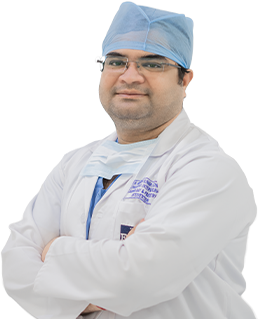Carotid angiography is a medically invasive procedure used to unclog the arteries filled with a plaque that obstructs the blood flow in the brain. The carotid arteries are located on each side of the neck required to transport blood to the brain and any obstruction in the arteries might cause severe neurological issues. Carotid angiography is one of the best diagnostic imaging tools that require a dye to visualize the blockage through a special X-ray.
Need of Carotid angiography:
- To confirm the narrowing or blockage in the Carotid artery
- To determine the risk of future stroke
- Evaluate the need for angioplasty or surgery
- To perform a minimally invasive procedure or carotid stenting
Why is it required :
- Carotid angiography and stenting are required to treat stroke and are used as a preventive measure of stroke. It is done in cases where
- The carotid artery has a blockage of over 70% or more and when the doctor notices some symptoms related to stroke.
- Carotid endarterectomy is already done and there is a doubt of new blockage.
- It is used in conditions, where the location of the blockage is difficult, to access with endarterectomy.
Risks:
- Blood clots
- Excessive Bleeding
- Infection
- Stroke
- Restenosis
Procedure:
- Firstly, the doctor checks for the vitals such as optimum blood pressure, sugar level, and heart rate.
- The doctor also shares the dos and don’ts before the procedure.
- In cases of Diabetes, the doctor alters the medication to avoid any health issues.
- The skin is cleaned where the catheter is a plastic tube that is inserted through the arm maintaining sterilization to avoid any case of infection.
- Electrodes are placed to the chest in order to monitor the electrical activity of the heart.
- The x-ray camera is used to take the image of the artery of the head or the neck from different directions in order to get the exact condition of the blockage.















